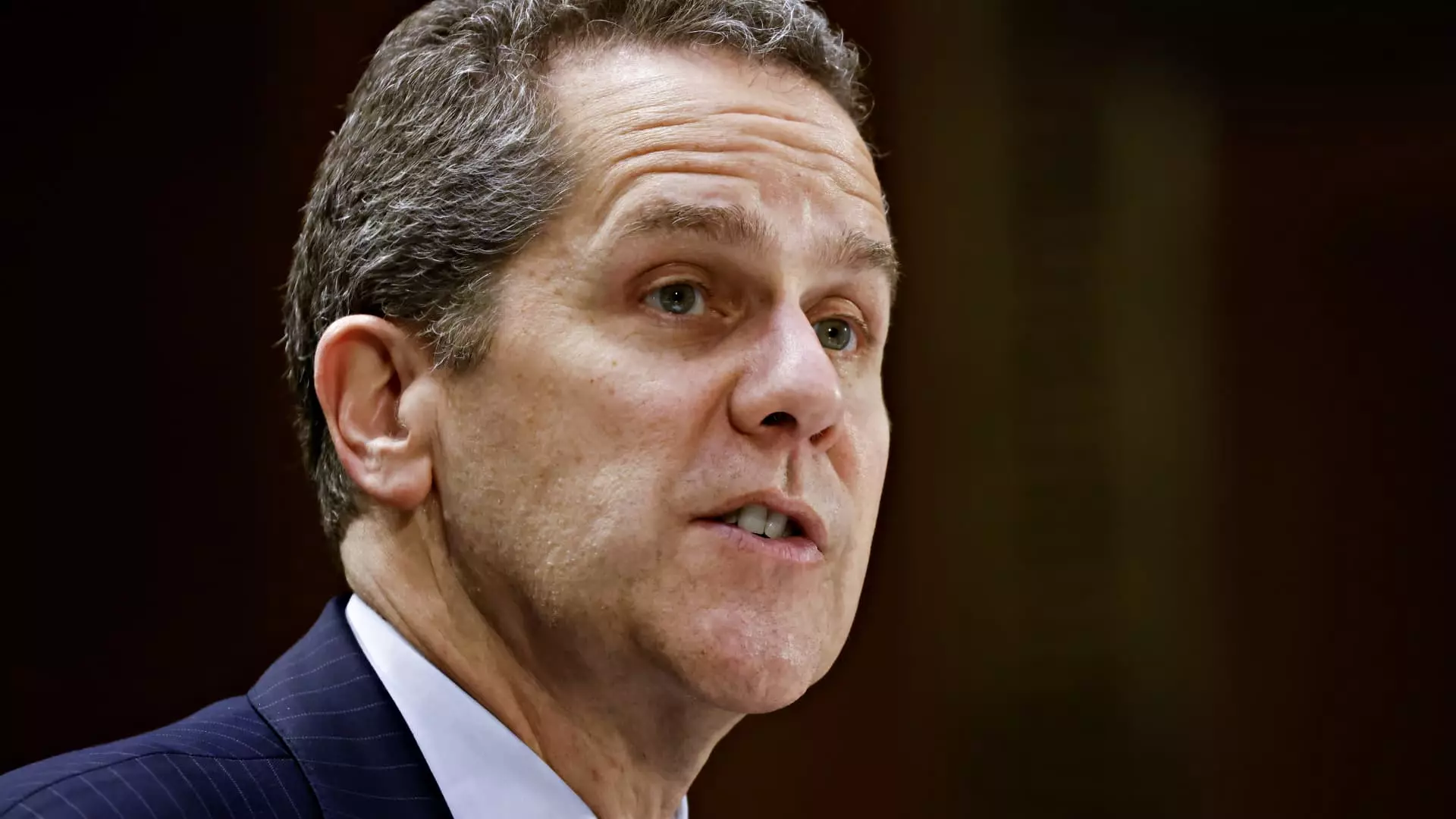The Federal Reserve’s vice chair for supervision, Michael Barr, has announced his resignation, which is set to take effect on February 28. This shift in leadership comes as a significant moment for both the institution and the broader financial landscape, especially with the impending inauguration of President-elect Donald Trump. Barr’s decision to step down is strategic; it allows for a smoother transition and mitigates the potential for a contentious relationship between him and the incoming administration. Despite his departure from the supervisory role, Barr will remain on the Fed board as a governor until 2026, ensuring that his experience continues to influence the Board’s discussions.
Barr’s tenure as vice chair for supervision has been under scrutiny, particularly as speculation mounted regarding Trump’s intent to appoint a more “bank-friendly” figure to the position. The role of vice chair for supervision was established in the wake of the 2008 financial crisis, which highlighted systemic vulnerabilities within the banking sector. With the departure of Barr, there appears to be an opportunity for the incoming president to reshape the regulatory landscape in a way that aligns more closely with his economic policies. Barr addressed the tension indirectly in his resignation statement, noting that avoiding distractions was critical to fulfilling the Fed’s mission.
The announcement of Barr’s resignation elicited an immediate positive response from bank stocks, with the SPDR S&P Bank ETF experiencing a notable increase. This reaction underscores the anticipation in the financial markets regarding potential regulatory rollbacks that may come with a new appointee. Industry stakeholders have long argued that excessive regulation stifles growth, and Barr’s resignation could signal a shift toward a more accommodating regulatory framework. However, such speculation remains contingent on Trump’s selection for Barr’s replacement, a decision that will likely generate considerable scrutiny.
While the Federal Reserve has assured that no significant regulatory changes will take place until Barr’s successor is appointed, the current environment demonstrates a pressing need for clarity during this transitional phase. The ongoing revisions to rules, particularly those associated with the Basel endgame, have faced opposition from various industry players. The pressure to redefine these rules raises questions about the future direction of bank oversight and the balance between stability and economic growth.
As the Fed navigates this transition, all eyes will be on the incoming administration’s appointee for the vice chair position. The selection will not only impact the regulatory environment but could also signal Trump’s broader economic priorities. The departure of Barr serves as a reminder of the complexities surrounding financial oversight in a post-2008 world. The forthcoming months will prove critical as the new administration endeavors to establish its policies while maintaining the delicate equilibrium needed for a stable financial system. Ultimately, this leadership transition embodies both a challenge and an opportunity for the Federal Reserve, as it seeks to adapt to changing political landscapes while safeguarding the interests of American families and businesses.

